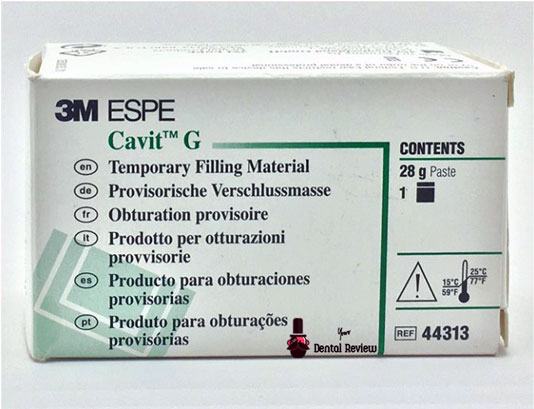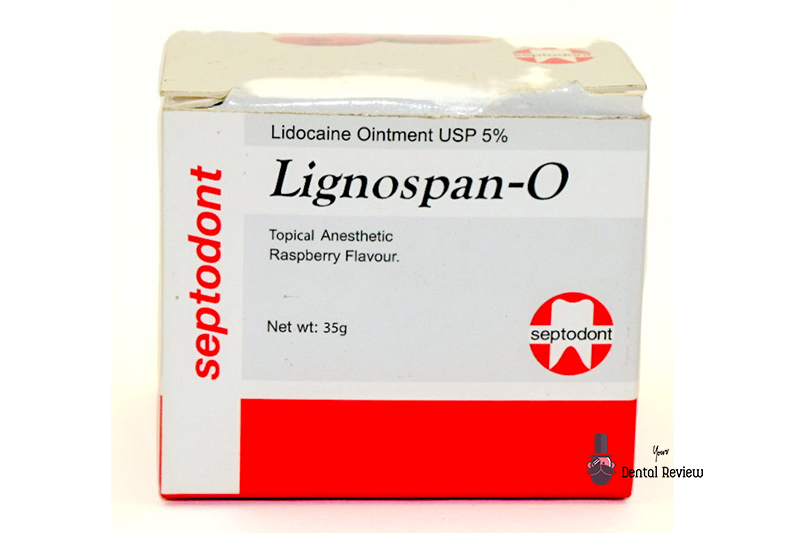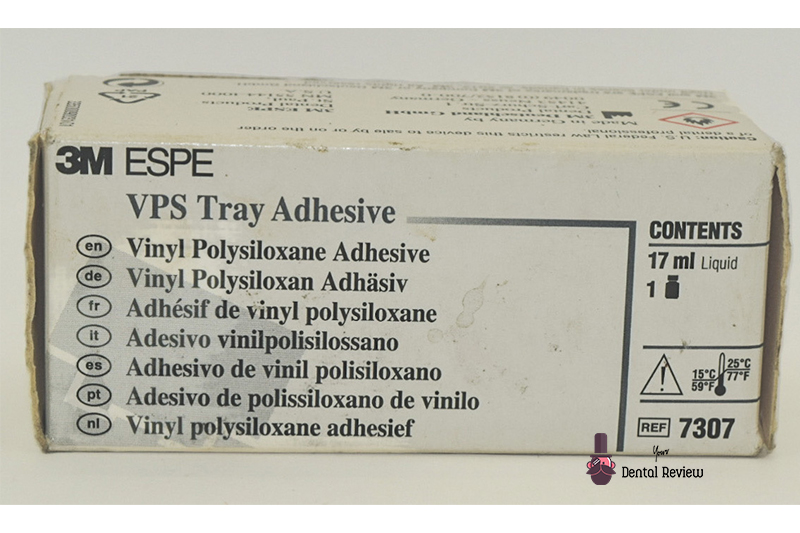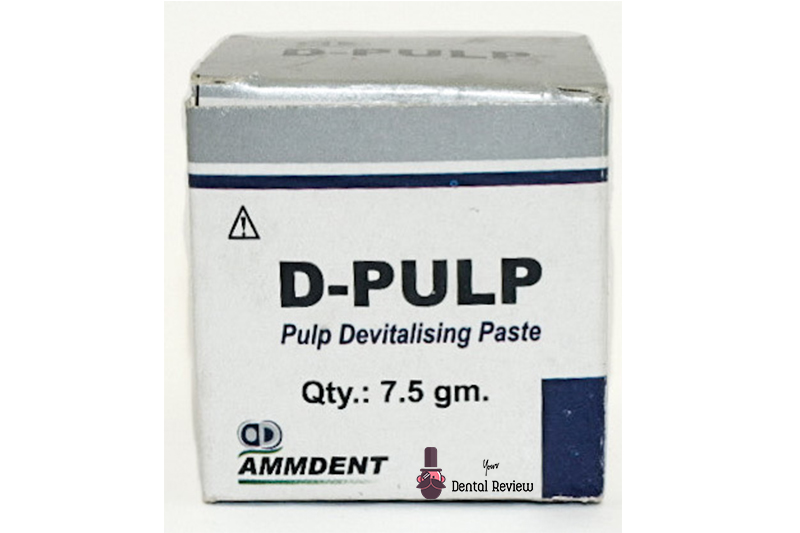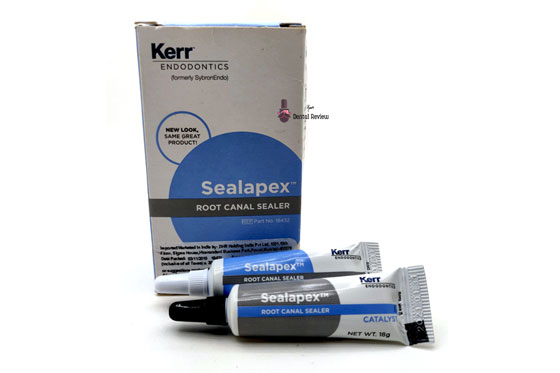
- Sealapex – Root canal sealer, is a calcium hydroxide based sealer.
- Two paste system
- Hand mix.
Pros:
- It is a biocompatible endodontic sealer. Studies have shown replacement of inflammatory cells with connective tissues.
- Stimulates the deposition of calcified structure, inducing apical sealing after root canal treatment.
Cons:
- Delayed setting time
- Increased solubility. This is because of non-homogenous setting reaction, forming a fragile matrix.
- It has a lower flow rate and greater viscosity. A greater flow rate allows better sealing of the canal.
- Causes discolouration of tooth/dentin
- 2 paste system requires hand mix and hence can result in complications like a thicker/viscous mix due to operator error.
Composition of Sealapex
Base paste:
- Calcium oxide,
- Bismuth trioxide,
- Zinc oxide,
- Sub-micron silica,
- Zinc stearate,
- Titanium dioxide, and
- Tricalcium phosphate
Catalyst paste:
- Ethyl toluene sulfonamide,
- Poly (methylene methyl salicylate) resin, and
- Isobutyl salicylate
Setting time of Sealapex:
| Initial setting time | Final setting time |
| 19 hours | 21 hours |
My review of Sealapex – Root canal sealer
Making a choice between various sealers is a tough ask. Broadly you will have to choose between a resin based sealer, a calcium hydroxide based sealer or a zinc oxide sealer. Forget zinc oxide sealers, specially for permanent teeth. So your choice will be between resin based and calcium hydroxide based sealers.
Current consensus is towards resin based sealers.
So is there a space for calcium hydroxide based sealers, like, Sealapex? I would say yes.
The biocompatibility and stimulation of calcified structures at the apex to provide a reduced post-RCT pain and better seal, respectively, are positives you can’t ignore. You will have to be careful in ensuring a proper mix so that the mix is neither too viscous nor too thin. Being hand mix, results in reduced wastage of material as compared to a automixed syringe sealer.
Also, Sealapex in cheaper compared to resin based sealer and works out even cheaper per use when compared to a automix syringe material.
I have used Sealapex over the years mindful of its limitations but encouraged by its near absence of sealer related discomfort, like, post obturation pain.
Bibliography:
- Barbero-Navarro I, Irigoyen-Camacho ME, Castano-Seiquer A, Zepeda-Zepeda MA, Martins F, Mauricio P. In vitro study of the periapical sealing ability of three root canal sealing cement. SRM J Res Dent Sci [serial online] 2019 [cited 2020 Sep 30];10:173-7. Available from: http://www.srmjrds.in/text.asp?2019/10/4/173/276377
- The sealing ability of sealapex compared with AH26 K.C. Lim, BDS, MSc Brian G. Tidmarsh, BDS, FRACDS, DOI:https://doi.org/10.1016/S0099-2399(86)80224-2
- Physical Properties, Antimicrobial Activity and In Vivo Tissue Response to Apexit Plus ; Roberto Alameda Hoshino et al

